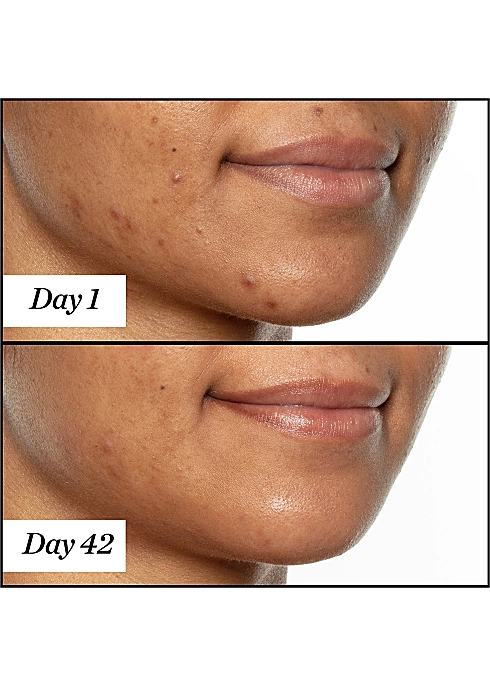There are four generations of retinoids:
- First generation include retinol, retinal, tretinoin(retinoic acid), isotretinoin, alitretinoin
- Second generation include etretinate, acitretin
- Third generation include adalapene, tazarotene, bexarotene
- Fourth-generation include pyranones
Role of retinoids for acne
- can unclog pores
- allow other creams and gels to work better (So apply retinoid first)
- reduce acne outbreaks by preventing dead cells from clogging pores
Mechanism of action
The mechanism of action of topical retinoids is very complex. When applied topically, any deficiency in collagen that exists in the skin is partially improved. Among all the topical retinoids, tretinoin is the most potent and widely used therapy for photo-aging. Topical tretinoin plays a role in preventing further degradation of the dermal matrix damaged by UV exposure. Therefore, topical retinoids are very effective at slowing and preventing photo-aging due to UV exposure. This mechanism is explained through its interaction with the retinoic acid (RAR) and retinoid X receptors (RXR) located in the nucleus of the cell. These nuclear receptors increase the production of procollagen and function to block the release of inflammatory mediators.
Retinoids also act as comedolytic agents and work by unclogging blocked pores. They work synergistically with topical antibiotics to allow them to enter the pore and eradicate the underlying bacteria causing the acne breakout. This synergistic effect is very beneficial in the treatment of acne. According to research done in 2011, 55% of patients with acne who were treated by a dermatologist and 10% of patients with acne who were treated by primary care physicians, received topical retinoid therapy as a component to their acne treatment regimen. This evidence should be used to come up with a treatment protocol for acne that will greatly assist in the treatment outcome.
Retinoids are used for treatment of pigmentary disorders such as post inflammatory hyperpigmentation, melasma, and actinic lentigines. A meta-analysis was performed in 2009 and it was found that there is sufficient evidence to support the use of topical retinoids for treatment of these pigmentary disorders as monotherpy or in combination with other topical medications.
In psoriasis, retinoids are essential in limiting the hyperproliferation and shedding of epidermal skin cells. Treatment with retinoids decreases inflammation and restores the normal epidermal differentiation that is absent in psoriatic lesions. Research continues to investigate an effective and accurate mechanism to differentiate and target specific nuclear receptors for control of cell growth and proliferation based on specific dermatologic conditions.
Uses: The following are some of the dermatologic uses for each topical retinoid.
- Retinol – acne, keratitis pilaris, fine wrinkles, hyperpigmentation
- Tretinoin – acne, keratitis pilaris, fine wrinkles, hyperpigmentation
- Adapalene – acne
- Tazarotene – acne, psoriasis
- Alitretinoin – Kaposi’s sarcoma
- Bexarotene – cutaneous T-cell lymphoma
However, the irritation side effects from topical retinoids occur mainly from prolonged, high dose use. Side effects occur in a dose and concentration dependent fashion, with higher doses and concentrations contributing to the negative effects of these medications.
- Excessive dryness of the skin
- Skin redness
- Scaling of the skin
- Pruritus (Itchy)
The following occur in <10% of patients and are rare:
- Skin discoloration
- Photosensitivity to UV light
- Initial acne flare-up
- Eczema flare-up
- Swelling of the skin
- Blistering and stinging
Topical tretinoin does not appear to cause any birth defects due to its rapid metabolism by the skin; however, few reports of fetal defects have been reported. Topical tretinoin can be used for acne in pregnant patients if the benefit to the mother out weights the risk to the fetus. It should never be used during pregnancy to treat fine wrinkles, hyperpigmentation, or skin roughness.
Dr. Aye Min Htoo
M.B.,B.S, MSc (Derm), PG Dip. (Derm)
Reference:
AOCD (2012) ‘Topical retinoids’. Available at https://www.aocd.org/page/Retinoidstopical. (Accessed: 21 May 2020)


Write Reviews
Leave a Comment
No Comments & Reviews